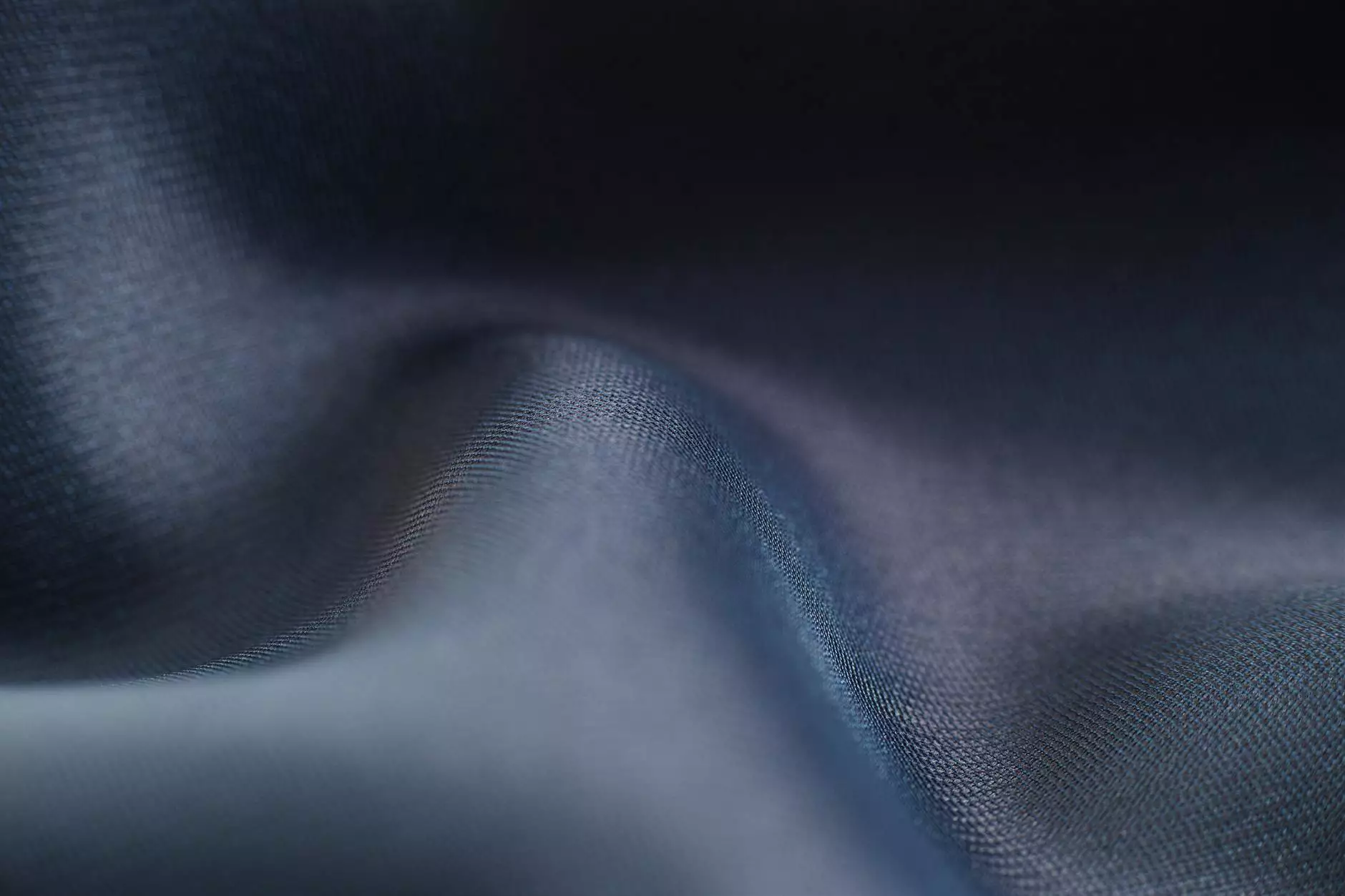Understanding "Indent in Leg Shin": Causes, Symptoms, and Treatments

If you have noticed an indent in your leg shin, you may be wondering about the underlying factors that contribute to this condition. This article aims to provide comprehensive information on the possible causes, symptoms, and treatment options available for individuals experiencing this issue. Whether you're curious about how vascular health impacts the appearance of your leg or seeking ways to address your concern, the following sections will guide you through intricacies of "indent in leg shin".
What is an Indent in Leg Shin?
The term indent in leg shin refers to a noticeable dip or depression in the skin and underlying tissues along the shin area. This can occur for a variety of reasons, including but not limited to vascular health issues, injuries, or skin conditions. The shin, which is home to vital blood vessels and muscles, can exhibit changes due to a range of factors that impact overall health.
Common Causes of Indents in Leg Shin
1. Vascular Issues
One of the primary causes of an indent in the leg shin can be related to vascular health. Conditions such as chronic venous insufficiency can lead to changes in skin appearance as blood flow becomes impeded. This can result in swelling, discoloration, and indentations on the skin.
2. Trauma or Injury
Trauma to the leg, whether from a direct blow, fall, or other injury, can manifest as an indent. Fractures or contusions can damage the soft tissue, leading to visible impressions in the skin.
3. Edema
Edema is swelling caused by excess fluid trapped in the body’s tissues. When it occurs in the legs, it may lead to temporary indentations, particularly if the skin is pressed tightly. This can be due to various factors, including prolonged standing, certain medications, or underlying health conditions.
4. Dermatological Conditions
Various skin conditions may also result in changes to the shin area. For example, eczema or psoriasis can cause skin thickening or indentations due to inflammation and subsequent healing processes.
5. Muscle Atrophy
When muscles in the shin area weaken or shrink—often due to lack of use, neurological disorders, or prolonged bed rest—this can result in the appearance of a depression along the leg. Muscle atrophy changes the natural contour of the leg and may lead to noticeable indents.
Symptoms Associated with Indents in Leg Shin
While an indent in the leg shin may seem like the primary concern, several accompanying symptoms can indicate a more serious underlying issue:
- Pain or Discomfort: Individuals may experience varying degrees of pain, ranging from mild to severe.
- Swelling: The presence of swelling, regardless of whether it's localized around the indent or more widespread.
- Color Changes: A change in skin color (such as red, purple, or brown hues) may indicate vascular issues or skin irritations.
- Warmth or Heat: An increase in temperature around the indent could indicate inflammation or infection.
- Rashes or Skin Changes: Accompanying rash or scaling can signify a dermatological condition.
How to Diagnose Indent in Leg Shin
Diagnosing the cause of an indent in the leg shin begins with consulting a healthcare professional, preferably a vascular specialist or dermatologist. Key diagnostic methods may include:
- Physical Examination: A thorough examination of the affected area to assess the indent and any accompanying symptoms.
- Medical History Review: Discussing prior injuries, medical conditions, and lifestyle habits to determine potential contributing factors.
- Imaging Tests: Ultrasounds, X-rays, or MRIs might be ordered to visualize underlying structures, assess blood flow, or explore other potential issues.
- Laboratory Tests: Blood tests may evaluate for conditions such as blood clotting disorders or signs of inflammation.
Treatment Options for Indents in Leg Shin
Once the cause of the indent is identified, an array of treatment options may be available:
1. Lifestyle Adjustments
Simple changes in daily habits can significantly improve vascular health. This includes:
- Staying Active: Regular exercise promotes better blood circulation, helping to mitigate issues related to vascular health.
- Dietary Changes: A diet rich in antioxidants, healthy fats, and lean proteins supports skin and vascular health.
- Hydration: Drinking adequate water helps maintain skin elasticity and can aid in reducing edema.
- Weight Management: Maintaining a healthy weight can alleviate pressure on blood vessels and reduce the occurrence of indents.
2. Medical Treatments
For more severe conditions, medical treatments may be required:
- Compression Therapy: Specialized compression stockings can help improve blood circulation and reduce the appearance of indents caused by venous insufficiency.
- Medication: Anti-inflammatory medications, topical steroids, or other pharmaceuticals may be prescribed depending on the underlying condition.
- Physical Therapy: In the case of muscle atrophy, engaging in physical therapy can help strengthen leg muscles and improve overall function.
- Invasive Procedures: In some cases, surgical intervention may be necessary to correct underlying vascular issues, such as varicose veins.
3. Home Remedies
In addition to professional treatment, various home remedies might alleviate symptoms:
- Epsom Salt Baths: Soaking in warm water with Epsom salts can soothe swollen legs and reduce discomfort.
- Cold Compresses: Applying cold packs can minimize swelling and provide relief after injury.
- Elevation: Elevating the leg can promote better blood flow and help reduce swelling associated with indents.
When to Seek Medical Attention
While not all indents in the leg shin warrant immediate medical attention, it’s essential to recognize when to seek help:
- If the indent persists for an extended period without improvement.
- Should you experience severe pain, swelling, or warmth accompanied by potential signs of infection.
- If there is noticeable discoloration or an acute change in the leg’s appearance.
- Any onset of symptoms such as shortness of breath, chest pain, or other systemic symptoms that could indicate a serious condition.
Conclusion
In conclusion, an indent in your leg shin can stem from various causes, ranging from benign to serious health concerns. Understanding the underlying factors and recognizing symptoms associated with this condition are vital steps in managing your health effectively. If you have noticed changes in your leg or are experiencing discomfort, consulting a medical professional specialized in vascular health can provide you with tailored treatment options designed to address your specific needs. Taking proactive measures can not only improve your vascular health but also enhance your overall quality of life.
To learn more about vascular health and how to maintain healthy legs, visit trufflesveinspecialists.com.



